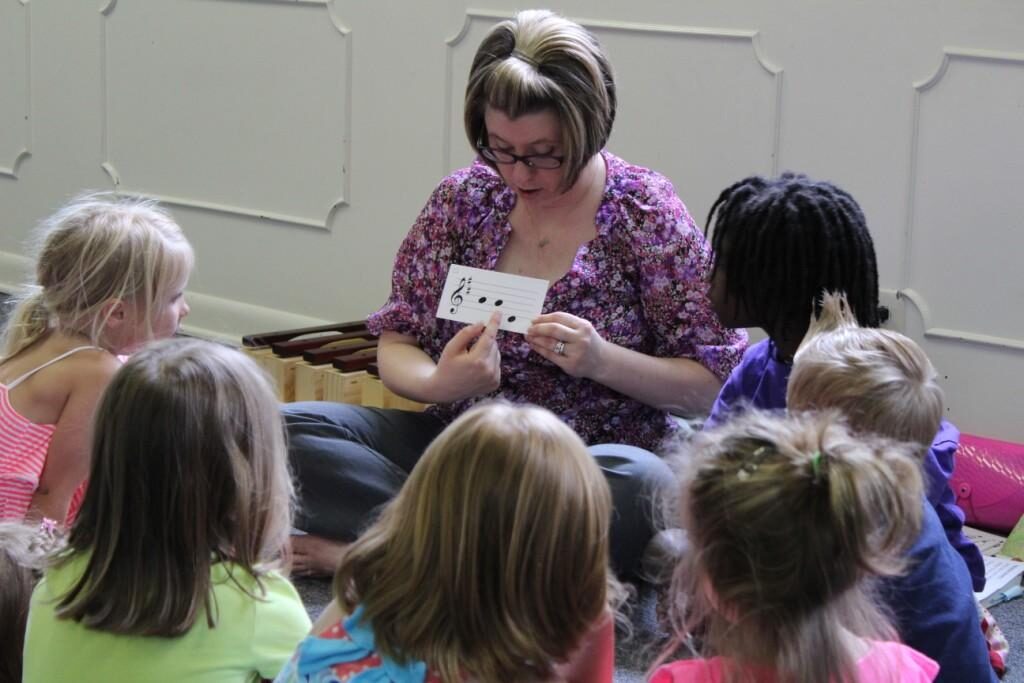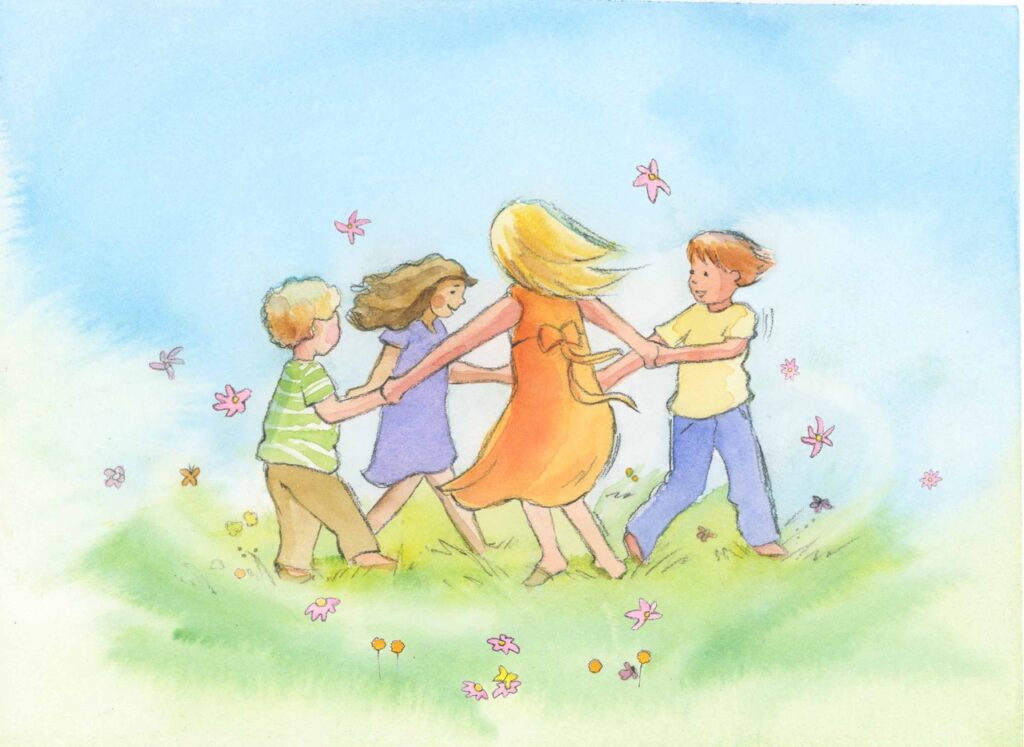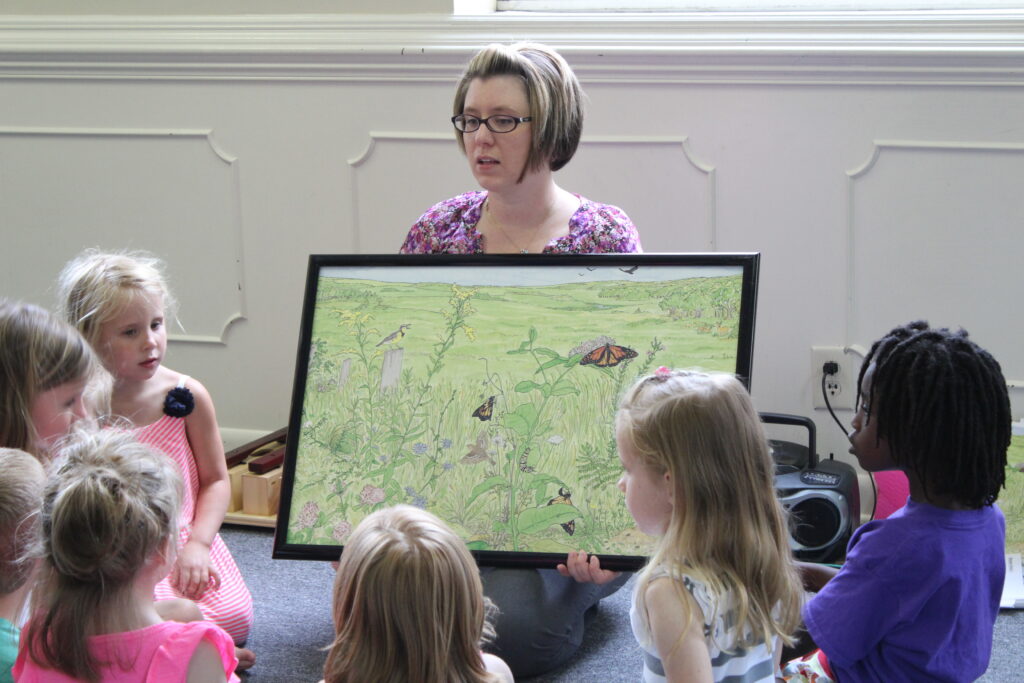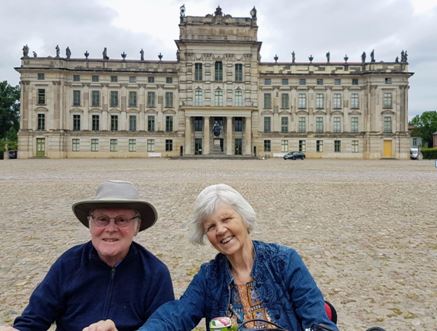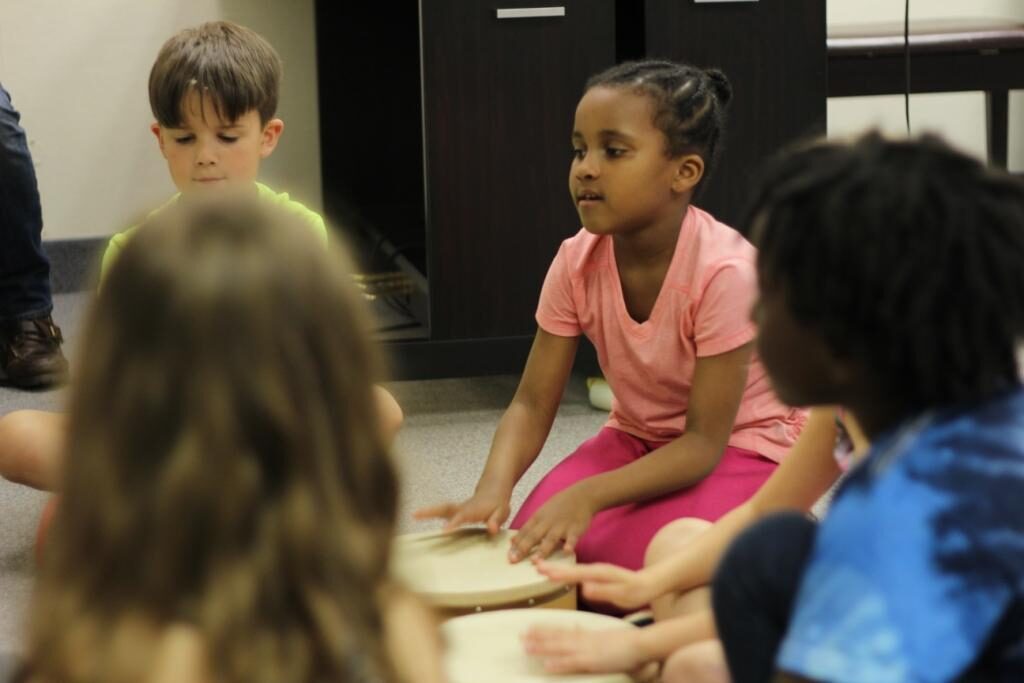Throughout history, music has been inextricably linked to almost every religion across the globe. While the very definition and origin of music is hard to define, it is clear that music has been a part of the very earliest forms of worship. This is evident in each of the major religions of the world, with each having their own distinctions as well as similarities. Buddhist music has musical roots in both instruments and chanting, through flute-playing Japanese Zen Monks or Tibetan recitations of sacred texts. Although its inception does not date as far back as some of the other religions of the world, Christianity has also had ties to music since its origins. While an exhaustive chronicle of music in Christianity would fill volumes, there are some high points to mention.
Music and the Old Testament
An exploration of the relationship between music and Christianity would not be complete without starting with the Old Testament. The Bible early in the book of Genesis, describes a descendant of Cain, Jubal, as “the first of all who play the harp and flute.” When we reach the story of the Exodus Moses and all the people sing a song, the first written song mentioned in the Bible that mentions the use of tambourines and dancing to celebrate the victory at the Red Sea.
King Saul of Israel hired a young man named David to play music for him in this court. This David eventually became king of Israel, but also continued to express himself through song, writing more than 70 Psalms that are revered worship material in Judaism Throughout the Old Testament, temple worship included the use of choirs, ram horn blowers (often referred to as trumpets in the bible, but are actually the more rudimentary shofars), cymbals, tambourines, drums, and some strings instruments such as the lyre. Singing and musical instruments play an important role in Old Testament music, from Psalm 150 telling worshipers to “Praise Him” with the trumpet, harp, lyre and clashing cymbals to King David putting specific people in charge of worship music.
Music was integral to their worship.
Music and the New Testament
While as a boy, Jesus would have been exposed to the Jewish culture of his day including worship in daily life and at the festivals he attended. We do have a continuation of songs being written for worship and praise, much like the Old Testament, with Mary’s Song in the Gospel of Luke. Yet the only record of communal song in the Gospels is actually the last meeting of the disciples before the Crucifixion. Instruments are specifically mentioned in only a few places in the New Testament, such as flutes being played at Jairus’ daughter’s wake in Matthew, or trumpet that herald some end-time events including the rapture.
As Christians became persecuted after the death of Christ, they had to often worship in private, where loud instruments and praise music were not conducive to secrecy. But, this did not stop them from worshipping using music. In the book of Acts, the apostle Paul is arrested along with Silas, put in prison in Philippi, yet are still heard singing while imprisoned. Even with persecution many of the New Testament songs or hymns, such as the Benedictus, the Gloria, psalmody, and alleluias, endured and are still used in many Christian worship services today.
From praise music that was highly organized that incorporated singing, specific instrumentation and instructions for a large group to the simple act of two men singing while in prison, it is apparent that music plays an important role for worship throughout the Bible. Examples are too numerous to mention and would be hard to include in this format. In our next post we will explore the different types of worship music that have come about as Christianity spread.






